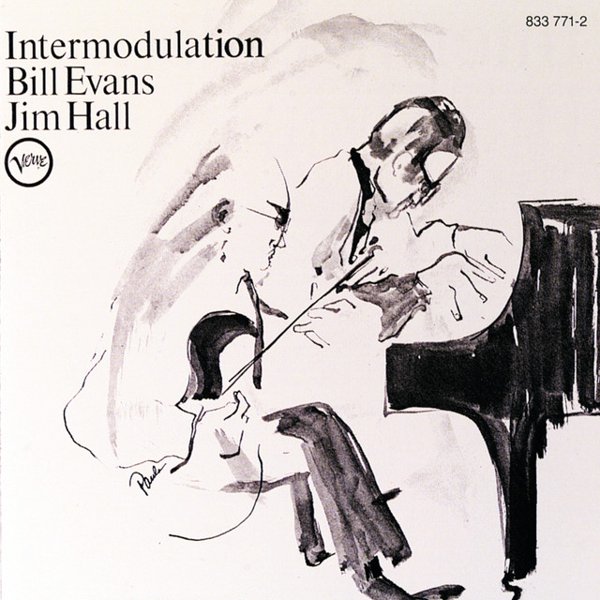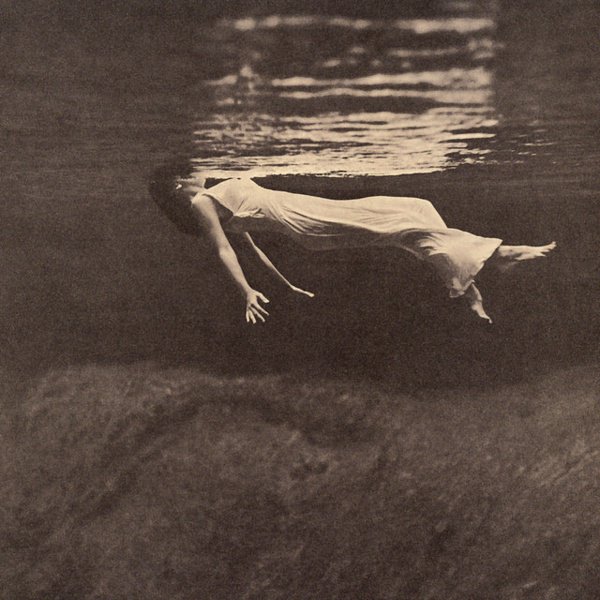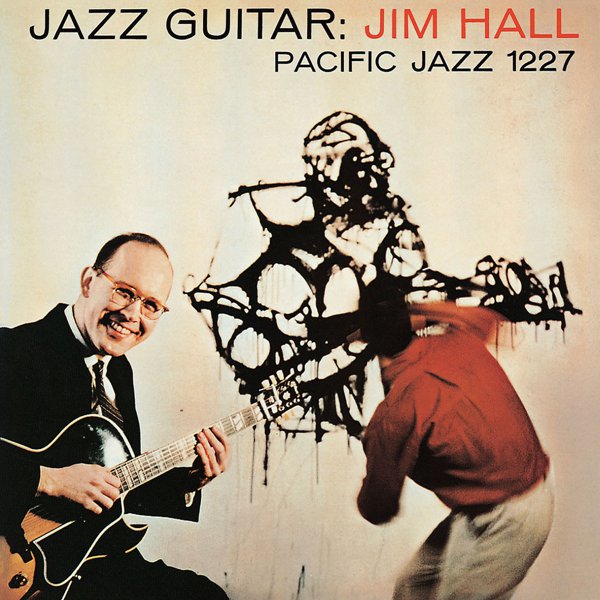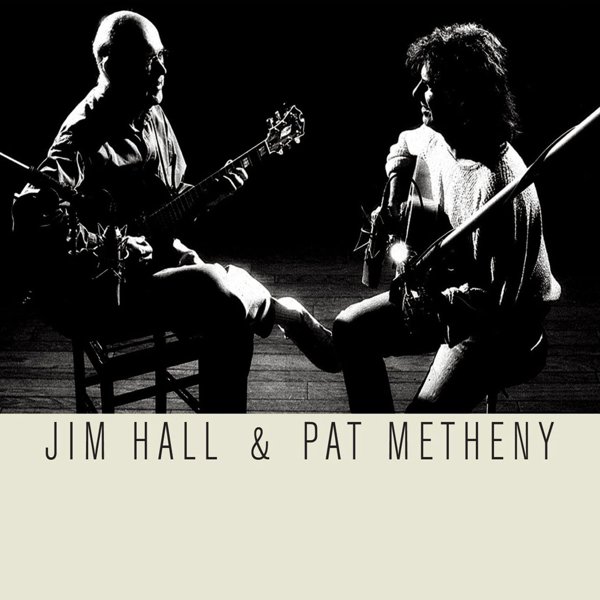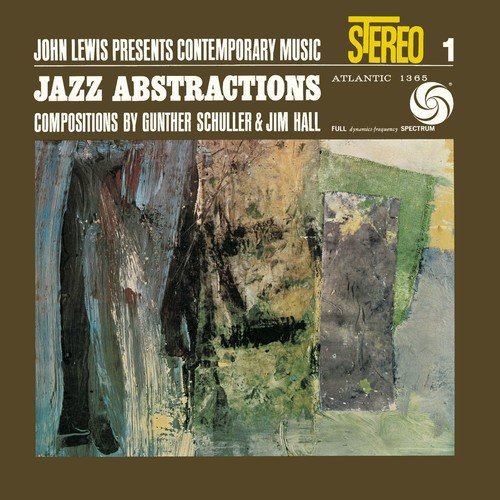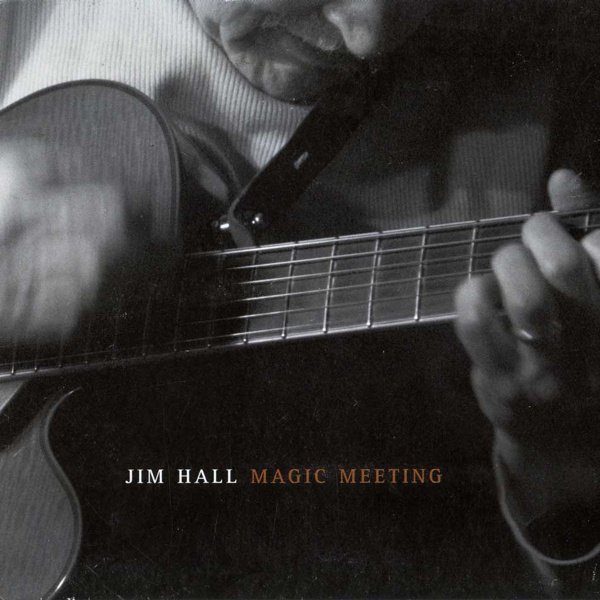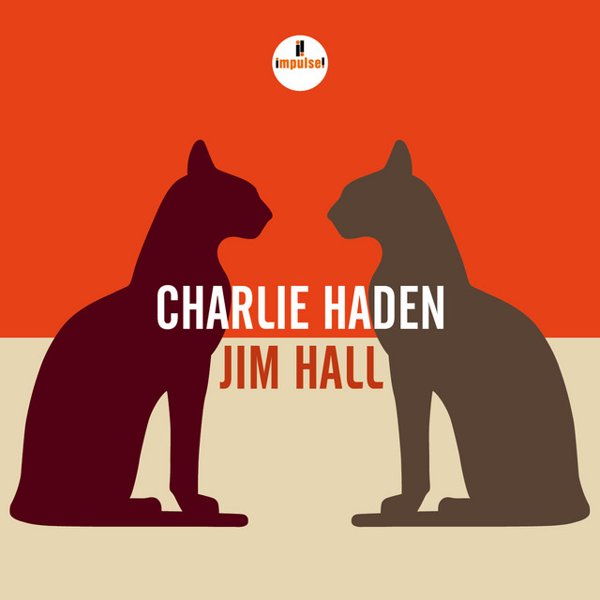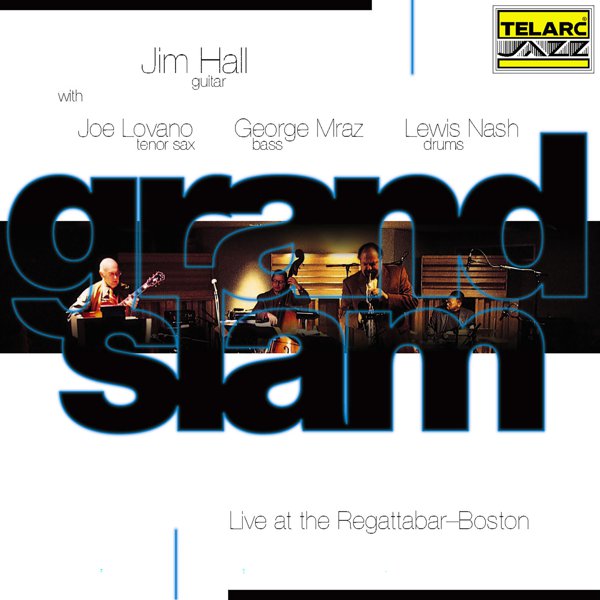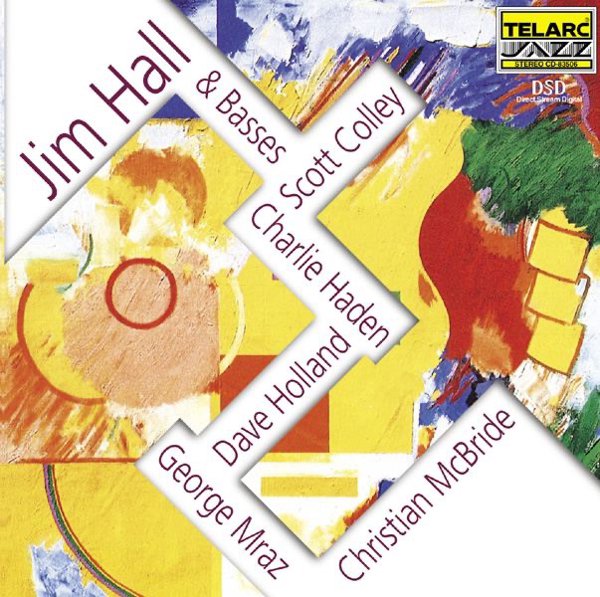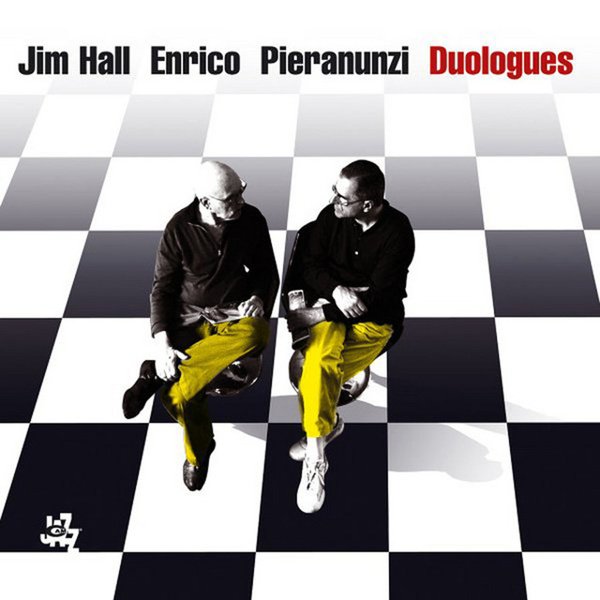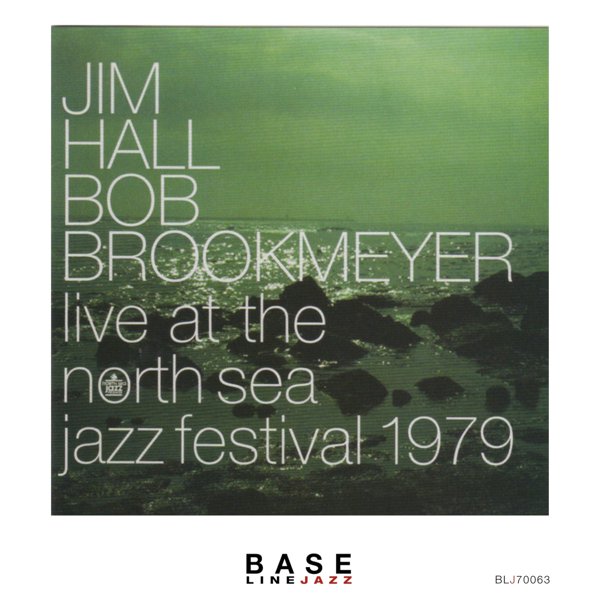Though not a universally recognized household name like Miles Davis or Duke Ellington or Dave Brubeck, Jim Hall is a guitarist whose name is spoken with universal reverence by jazz musicians and fans. He got his start during the 1950s, when “cool” jazz was the dominant style, and his warm, dry tone and incisive melodicism allowed him both to fit snugly into that movement and to begin gently expanding it from within. His work with Jimmy Giuffre’s ensemble in the latter years of that decade provided a glimpse of what was to come throughout a long and storied career: like Giuffre, Hall was among the finest players of straight-ahead modern jazz – but at the same time both were always reaching out in more experimental directions as well.
That stylistic restlessness eventually brought Hall into the orbit of Gunther Schuller and the Third Stream movement – an attempt to create a seamless fusion of jazz and classical music. Though Third Stream never really broke out in any commercial way, it did produce some wonderful music. Hall played guitar on Schuller’s Jazz Abstractions album, which included a Hall composition for jazz guitar and string quartet as well as Schuller’s sets of variations on jazz themes by John Lewis and Thelonious Monk for chamber orchestra. Hall’s mid-1960s recordings in a duo setting with pianist Bill Evans (Undercurrent and Intermodulation) stayed more within the bounds of jazz convention, but nevertheless continued to push the boundaries and redefine the relationship between solo and ensemble playing.
By this point in his career it was becoming clear that what Hall enjoyed most was playing in small, intimate ensembles and usually without a drummer. Many of the recordings he made with Giuffre were drummerless trio sessions on which the only players were Hall, Giuffre, and a bass player or trombonist, and throughout the remainder of his career he would regularly take detours from recording with larger and more conventional ensembles to work in the duo format. For example, in 1979 he performed at the North Sea Jazz Festival alongside the celebrated valve trombonist Bob Brookmeyer; his 1981 album First Edition finds him working one-on-one with pianist George Shearing, and on a 1999 duo album with guitarist Pat Metheny the two alternate between original compositions, standards, and multiple interludes of pure improvisation.
Hall was notable for a quiet and unassuming personality that combined with his sharp intellect to create a musical style that was simultaneously searching, expansive, and approachable. His playing could be challenging, but it was never less than warm and he never indulged in noise for noise’s sake – at the same time, even when he was playing the most straight-ahead and mainstream jazz, you could always hear him nudging the stylistic walls, sometimes slyly incorporating non-jazz elements into his solos and sometimes simply making harmonic statements you never could have predicted. And sometimes he did all of those things within the course of a single solo. Whether as a leader or a sideman, Jim Hall always made music that rewarded your attention – and did it with gentle wit and quiet joy.

